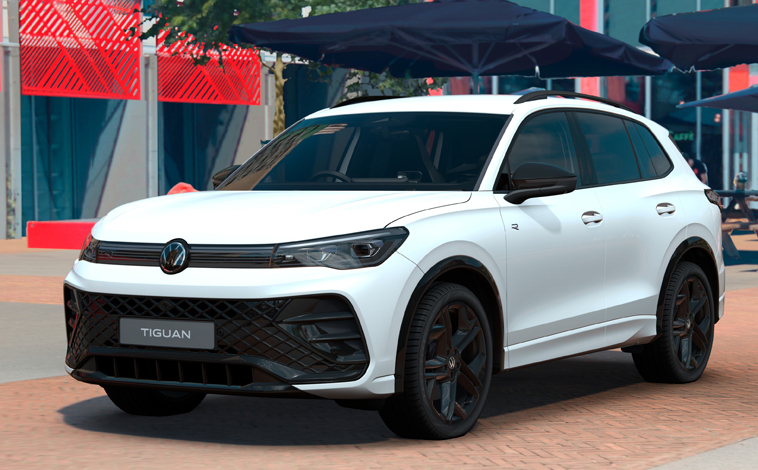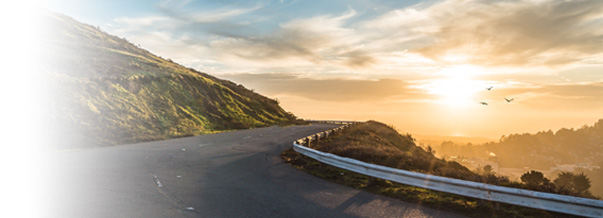Watch out for deer on the roads
October 10, 2018
Road safety organisation GEM Motoring Assist is advising drivers to take extra care in areas where deer are common. The rutting (breeding) season means deer are more mobile than usual, bringing them onto roads and increasing the risk of collisions.
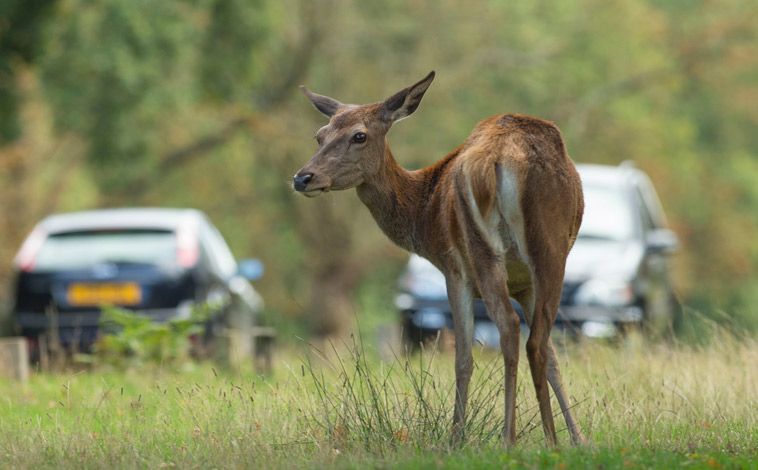
GEM road safety officer Neil Worth sayid: “We encourage drivers to be extra observant, and to be ready to take appropriate avoiding action if they come across a deer on the road ahead.
“Periods of highest deer activity tend to occur at dawn and dusk, coinciding with the morning and evening rush hour, increasing collision risks in areas where deer are common.”
Experts believe the UK deer population numbers more than two million, and research from the RSPCA shows around 75,000 deer are involved in vehicle collisions each year, with 10,000 killed instantly.
The human death toll from deer collisions ranges between 10 and 20 annually, with an additional count of around 450 serious injuries. Industry estimates put the cost of damage to vehicles alone to be at least £17 million.
GEM offers simple tips for drivers to reduce risk from deer collisions:
Take note of deer warning signs. These are placed in locations where wild animal crossings are likely, so keep your speed down and be ready to encounter a deer at very short notice.
Don’t assume it’s just a countryside problem. Deer populations have risen and spread in recent years. Although rural areas tend to present the highest risk, deer sightings have become increasingly common in more urban locations – such as on roundabouts, in parks and cemeteries.
Be particularly watchful at dawn and dusk, when deer are most active. If you spot one animal, it’s likely there may be others following, so don’t speed up and assume the danger has passed.
And finally, if you do hit a deer, report it to the police, even if you’re uninjured and your car isn’t damaged, as the deer may be fatally injured and suffering.
Ideally you want to avoid any sort of collision, but swerving to avoid a deer could prove a very dangerous action if it leads to a collision with another vehicle.
Latest News

Toyota unveils its new Urban Cruiser
Toyota has officially launched its all-new compact SUV, the Urban Cruiser, at its [...]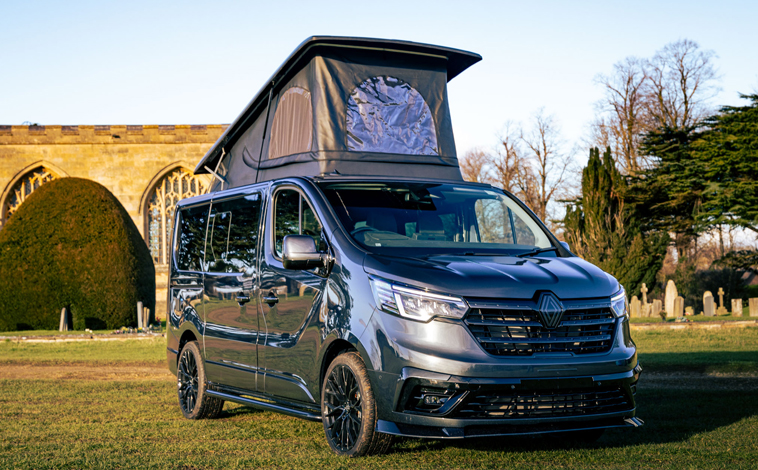
Carry on camping with Renault Trafic
The Renault Trafic is proving the perfect model for a brand new, off-grid, [...]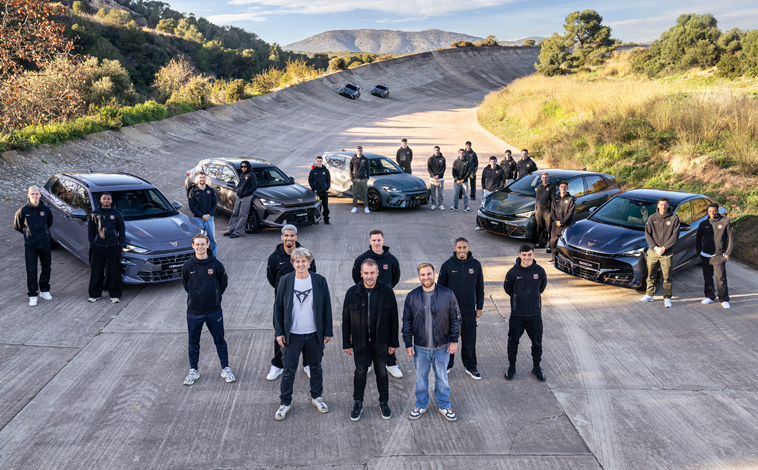
Barcelona players go track racing
Barcelona men’s football team players customised their new CUPRAs, after testing them during [...]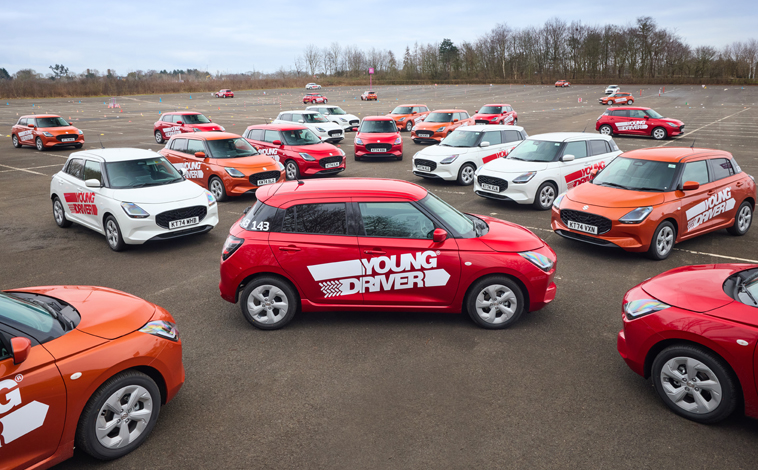
Suzuki Swift to Young Driver’s rescue
Young Driver, the UK’s foremost under-17s driver-training company, has just taken delivery of [...]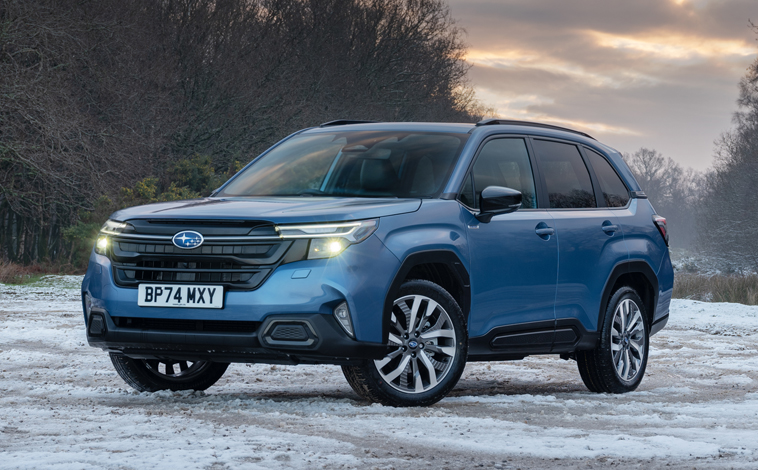
New Subaru Forester is right on track
Subaru UK & Ireland has announced the pricing and specifications for the all-new, [...]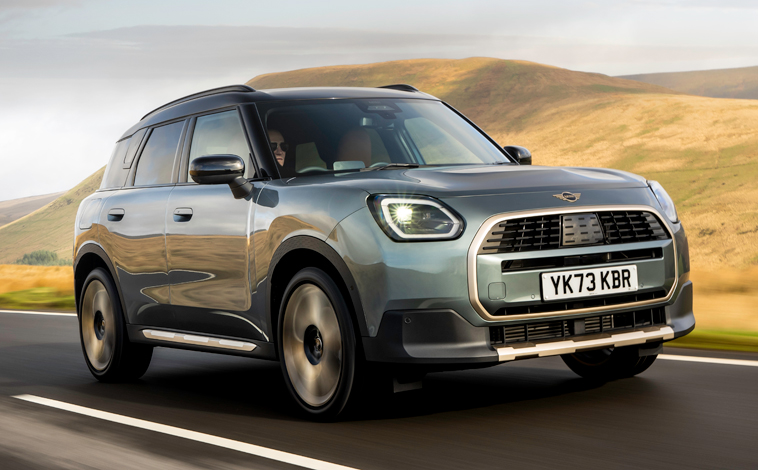
Optional upgrades for the MINI family
Following the successful launch of the new MINI family, a range of additions [...]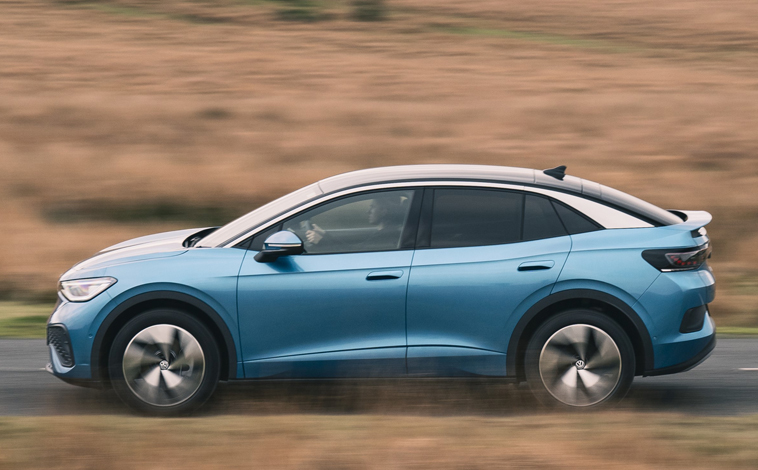
Save £1,000 when ordering a new VW EV
Anyone ordering a new Volkswagen electric vehicle between now and March 3 this [...]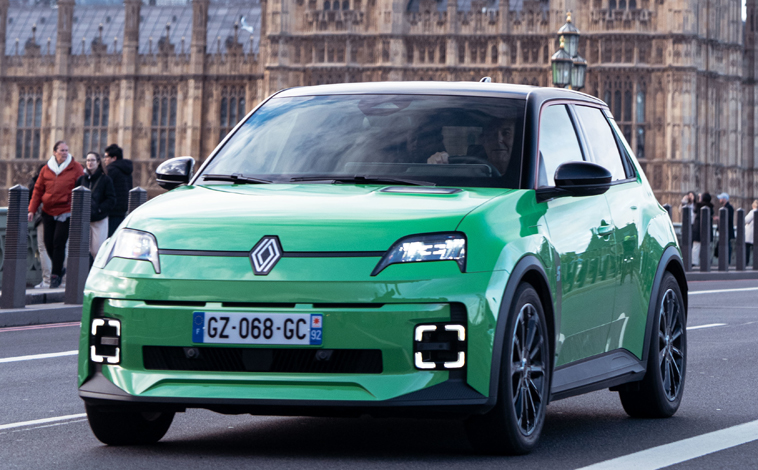
Get priority access to the new Renault 5
The Renault 5 E-Tech electric is available to order for R-Pass customers, giving [...]
Inster Cross has an adventurous side
Hyundai has announced pricing and specification for the Inster Cross, the all-new EV’s [...]
WWCOTY announces its finalists for 2025
The Women’s Worldwide Car of the Year (WWCOTY) has announced the winners of [...]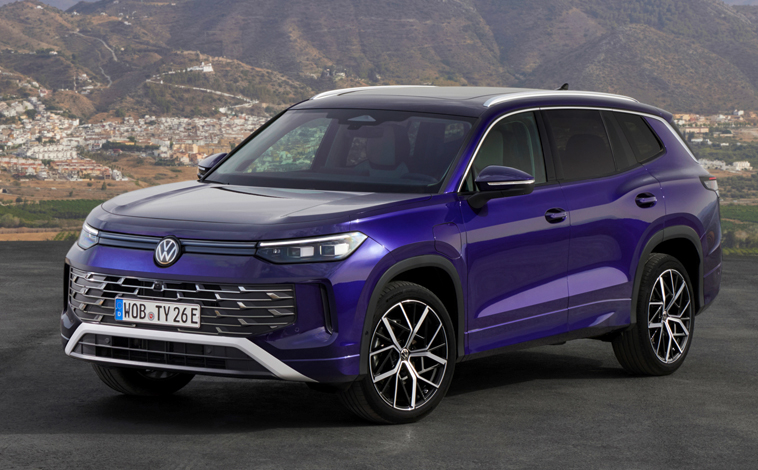
Prices announced for VW’s new Tayron
The all-new Volkswagen Tayron goes on sale in the UK on January 9 [...]
Skoda adds Design trim to Kamiq range
Škoda is building on the success of its award-winning Kamiq range by adding [...]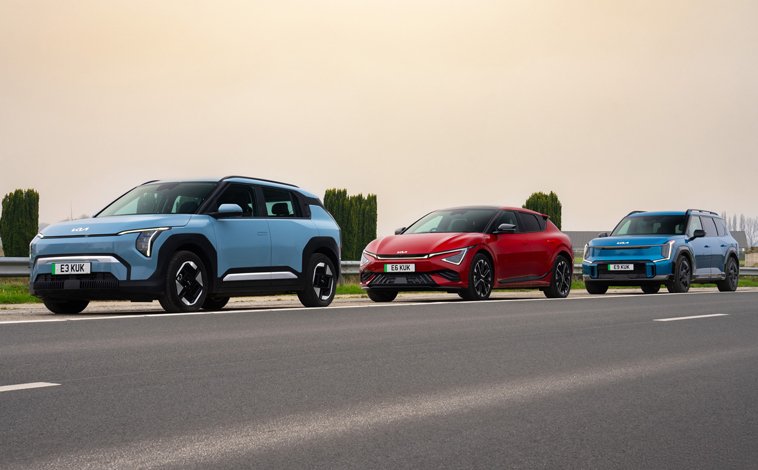
Kia celebrates 10 years of EV success
It’s incredible to think it’s been 10 years since Kia introduced its first [...]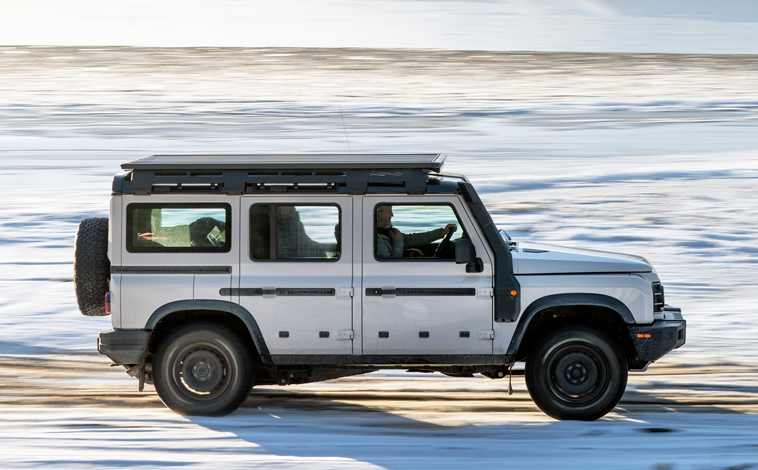
INEOS partners with mountain rescue
INEOS Automotive partnered with Scottish Mountain Rescue (SMR) to help the charity deliver [...]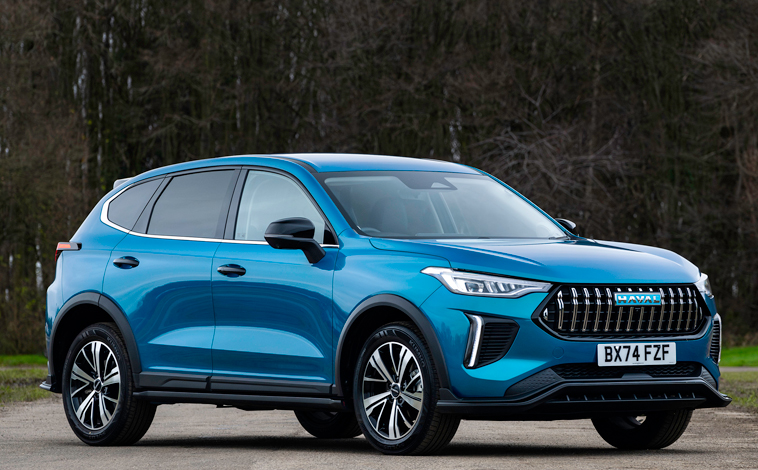
Prices revealed for BYD SEALION 7 model
BYD has announced the UK pricing for the SEALION 7 which will start [...]